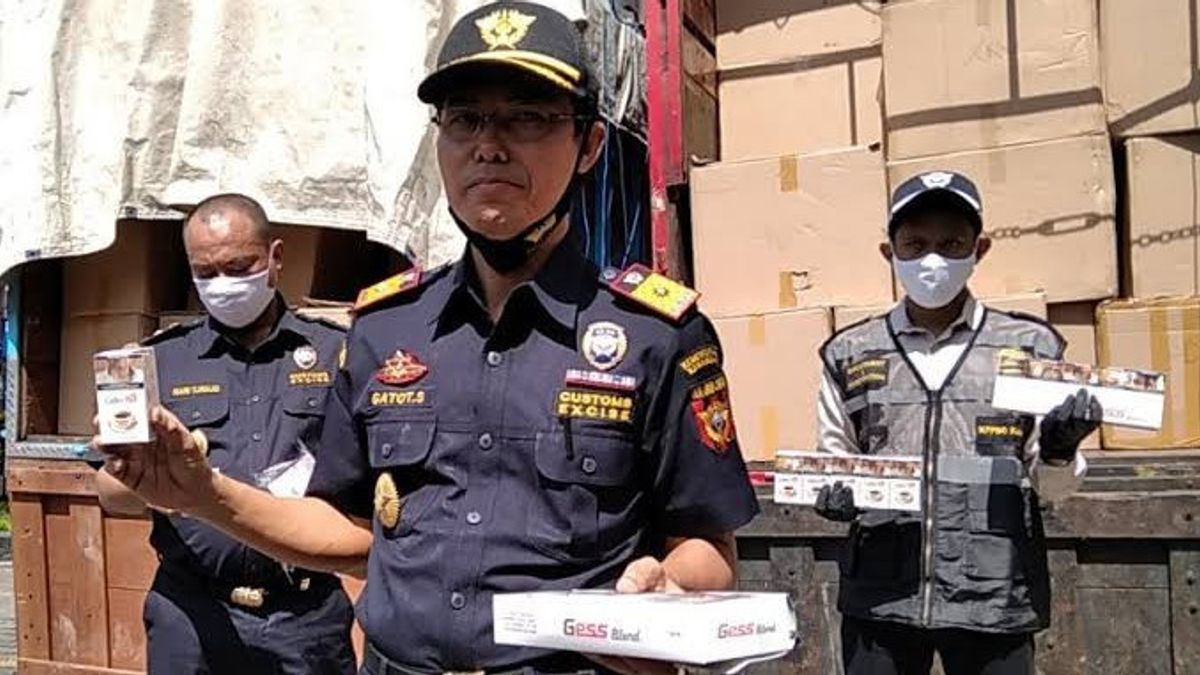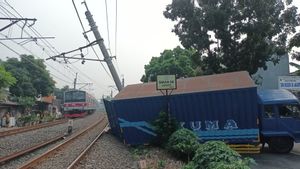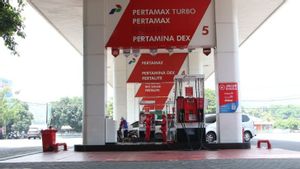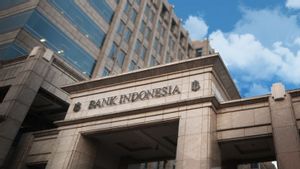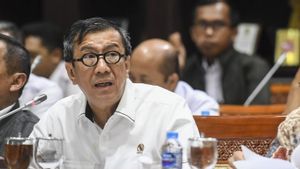The Directorate General of Customs and Excise at the Ministry of Finance (Kemenkeu) stated that along with digital-based community economic activities, people's buying and selling preferences are no longer limited in the country, but also between countries.
This condition encourages the rise of shipments of goods from abroad with easy processes and fast times.
Head of Sub-Directorate for Public Relations and Customs Counseling, Encep Dudi Ginanjar, revealed that although shipments of goods from abroad are increasingly rampant, not a few people are still submitting requests for information regarding procedures for handling goods sent by Customs and status on the Customs tracking system.
"For this reason, we continue to try to educate and disseminate information on the policies and implementation of the shipping regulations, according to the Minister of Finance Regulation Number 199/PMK.010/2019," he said in a written statement quoted on Tuesday, July 25.
Encep explained that there are four things that the public needs to know about shipping goods.
First, the flow of handling goods sent. Customs inspection of shipping items includes physical examination of goods and data on documents that are carried out selectively based on risk management.
Physical examination is carried out using an electronic scanner or by a Customs and Excise official who handles shipping goods.
Encep explained that the flow of inspection began when the delivery items arrived at the warehouse of the post organizers.
The post organizers made an import notification to the Customs and Excise service computerization system (SKP).
Furthermore, Customs and Excise examined the notification of imports of these goods and the completeness of licensing documents in terms of goods affected by the prohibition or restriction of imports.
If the goods are categorized as a red route, then a physical examination is carried out by Customs.
Then, if all import documents are appropriate and complete, Customs and Excise will issue approval for the expenditure of goods including the amount of import duties and taxes in the context of imports (PDRI) that must be paid by the recipient of goods.
"If the import document is not complete or there is an import permit that has not been attached, the officer will ask the owner of the goods to complete the document through the operator of the post concerned," he said.
For shipments that have been physically examined, said Encep, a special sign will be given on the packaging.
The results of the inspection of shipping goods can be in the form of setting exemption from import duties and taxes in the context of imports which are then issued a letter of approval for goods expenditure (SPPBMCP), setting tariffs and customs (billing bills and SPPBMCP) in the event that shipping goods are subject to import duties and taxes in the context of imports; or issuance of notification documents for the fulfillment of customs complementary documents (invoices, valid proof of payment, etc.) and documents for fulfilling prohibition or restriction obligations (SPBL-BK).
Second, how to check the status of shipping goods. To check the status of shipping goods, the public can visit the www.beacuga.go.id/delivery page.
It is enough for the recipient to enter a tracking number, airway bill (AWB), resi, or contract note (CN), and enter the keycode listed on the page.
If when submitting the search results is not found, then the recipient of the goods needs to pay attention to several possibilities.
"If the goods are not found on the page, then it could be that the goods have not arrived in Indonesia, the goods have arrived in Indonesia but have not been reported to Customs and Excise by the post organizers, or the goods have never existed," he said.
Third, the understanding of the status of goods sent to the Customs and Excise system.
If the status of the goods is accepted for Customs and Excise processing, it means that the goods documents have entered the Customs and Excise system, but validation is still needed.
If the status of the goods completes the validation of the Customs and Excise system, it means that the goods documents have been validated by the Customs and Excise system.
SEE ALSO:
However, if the status of the SPPBMCP goods is waiting for the preparation of goods by the Post/PJT organizers to be subjected to a scanner (x-ray) or manifest, it means that state levies have been set according to attached data, but still require further checking through the scanner or x-ray.
"We hope that the dissemination of information related to this shipment of goods can increase public compliance with applicable regulations. Not to be missed, Customs and Excise appreciates the public and stakeholders who have complied with customs regulations in the import sector, especially related to shipping goods policies. help us to continue to optimize the implementation of shipping regulations with good supervision and services," concluded Encep.
The English, Chinese, Japanese, Arabic, and French versions are automatically generated by the AI. So there may still be inaccuracies in translating, please always see Indonesian as our main language. (system supported by DigitalSiber.id)
